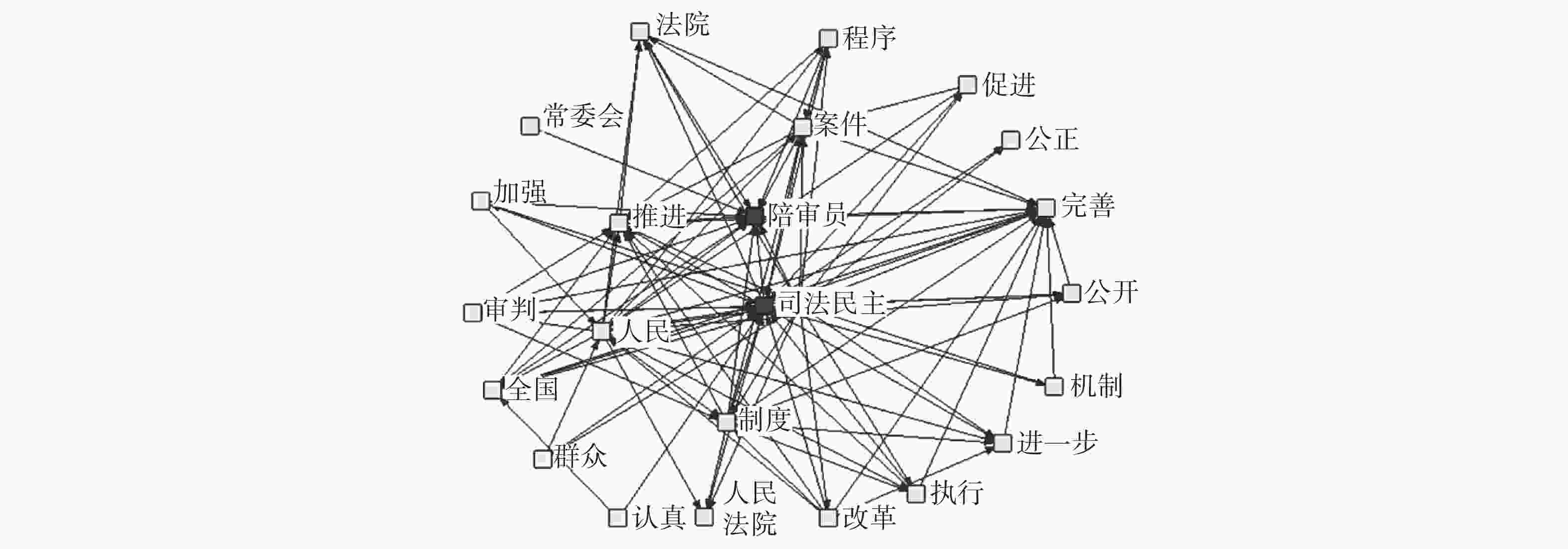政法传统中的人民陪审:制度变迁与发展逻辑
People’s Assessors in China’s Political-legal Tradition: Institutional Changes and Developmental Logic
-
摘要: 陪审制度是我国政法传统的重要组成部分,是党的群众路线在司法领域的延伸。陪审制度发源于革命时期,新中国成立以后得以延续,历经初创、发展、停滞、复兴诸多阶段,总体上呈现出周期性的循环反复,发展历程也时常往返于复兴与淡化之间。陪审制度变迁很大程度上深嵌于司法民主化和司法专业化之间的交互逻辑中,两者间的强弱交互塑造着不同时期制度运行的基本样貌。同时,陪审制度的变迁与嬗变,也在一定程度上折射着我国司法改革在民主化和专业化问题上的反思与取舍,反映着我国政法传统在新时代的探索与重塑。Abstract: The people’s assessor system is an integral part of China’s political-legal tradition and an extension of the mass line doctrine in judicial practice. It originated from the revolutionary era and continued after the foundation of the People’s Republic of China. Since then, the system has gone through stages of initiation, development, stagnation, and revival. To some extent, the people’s assessor system in China is caught between ideals of judicial democracy and professionalism. The interaction of the two, in turn, has shaped its operation in different periods. In a way, changes of the people’s assessor system reflect the choices of China’s judicial reforms over public opinion and professionalization. This constantly extends and reshapes the political-legal tradition in the new era.
-
表 1 革命时期陪审制度比较(1927−1949)
工农民主政权(1927—1937) 抗日民主政权(1937—1945) 解放区民主政权(1945—1949) 主要选任方式 选举 选派 选派 陪审员来源 职工会、雇农公会、贫农团
及其他群众团体机关、部队、团体 人民团体、各界代表、
民主人士、农民群众任职条件 有选举权、年满16岁 “负有地方信誉” —— 合议庭陪审员数 2名陪审员 1—3名陪审员 4名陪审员
(贫雇农占多数)职权范围 与裁判员同权同责 建议权,无表决权 —— 表决方式 少数服从多数 审判官决定 —— 资料来源:根据历史资料自拟。 表 2 建国初期陪审制度发展
1954年前 1954年后 参审案件类型 婚姻类案件 所有一审案件,排除简单的民事案件、轻微的刑事案件 陪审员主要来源 民主妇联为主 机关、人民团体、企业 选任方式 邀请 选举+邀请 职权范围 提出建议权 裁判权(与法官同权) 审判组织 − 1法官+2陪审员 资料来源:根据历史资料自拟。 -



 下载:
下载:






 沪公网安备 31010102003103号
沪公网安备 31010102003103号